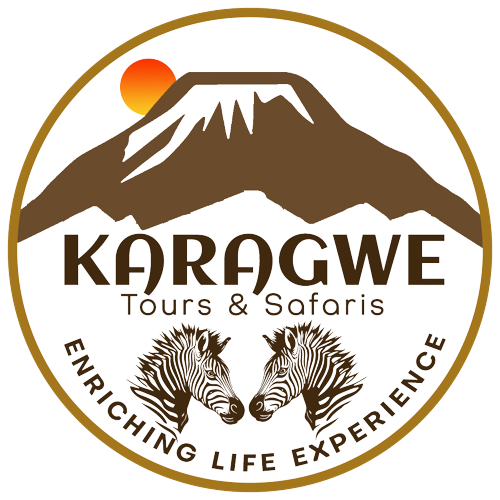FAQs For Tour Packages
Yes, Eager to explore more of Tanzania’s wonders? We offer a 3-day group safari to your Kilimanjaro ascent. This is an opportunity to discover 3 parks in 3 days: Ngorongoro National Park, Tarangire National Park and Lake Manyara National Park.
Good equipment is extremely important for your success, safety, enjoyment, and comfort during your trip. Please, read the following carefully about what to bring to your safari. Feel free to contact us if you have questions or just for advice.
For your safari and trekking, we recommend you to travel light. Your clothes should be comfortable and casual. Opt for neutral colors. Remember that you will be in the wild so your clothes will most probably get dusty, which means you will be less conspicuous on neutral colors. Do not bring a lot of extra changing clothes because you can easily get your clothes washed without having to carry extra luggage. Bring polar clothing and jackets because during the mornings and evenings the weather can get cold (The temperature can go down to 15 degrees Celsius).
Bring long sleeves and pants because they will prevent you from getting insect bites. We recommend you bring a light cloth scarf to wear around your neck to protect your face from dust. Bring a swimsuit, some lodges having pools. Walking shoes or hiking boots are essential for hiking and safari walking. Also bring sandals or open shoes for evening hours. Finally, bring sunscreen, sunglasses, and a sunhat to protect you from the intense sun of the equator.
In Arusha and Zanzibar, know that the population is predominantly Muslim, so please be open minded about your presentation. Avoid short clothes (skirts extending beyond knee length) and also dress to cover your shoulders but do not worry as swimwear is allowed on the beach!
We recommend packing in a travel bag made of soft material or a backpack that can be compressed in the car. Do not bring any rigid suitcase. Take into consideration that many of the domestic flights limit the weight of the luggage to 20 kg in the hold and 5 kg in the cabin.
Other essentials: binoculars for wildlife observation, a camera to immortalize magic moments, a British type adapter, a solar battery charger, a flashlight or headlight, sunscreen SPF 60, a protective balm for the lips, an insect repellent (DEET 25% minimum), your toiletries, and antibacterial towels individually wrapped for general hygiene.
Northern parks: In Northern parks, it is always hot, but since most of the parks are at 1,500m altitude on average, you will enjoy pleasant and cool temperatures in the evening. In Arusha, the safari capital, temperatures range from 14 ° C (night) to 28 ° C (daytime). January, February and March are the hottest months of the year. April is the rainiest month, and August is the driest month.
The Southern parks: The Southern parks are a true paradise for the amateurs of the wild nature. Explore Selous, one of the largest protected areas in the world, or take a safari in one of many other national parks such as Ruaha, Mikumi or Udzungwa Mountains.
Zanzibar and the Tanzanian Coast: The Tanzanian Coast and Zanzibar have an equatorial climate with high humidity. The hottest months run from December to March, with temperatures reaching 27 ° C during the day. It rains most often from November to December and from March to May.
It is better to book as far as possible (4 – 6 months) in advance to ensure availability at the time you wish to travel. This is especially important during the peak seasons: July, August, Christmas and New Year’s. And for those travelling on tailor-made safaris and those adding extensions to scheduled safaris.
